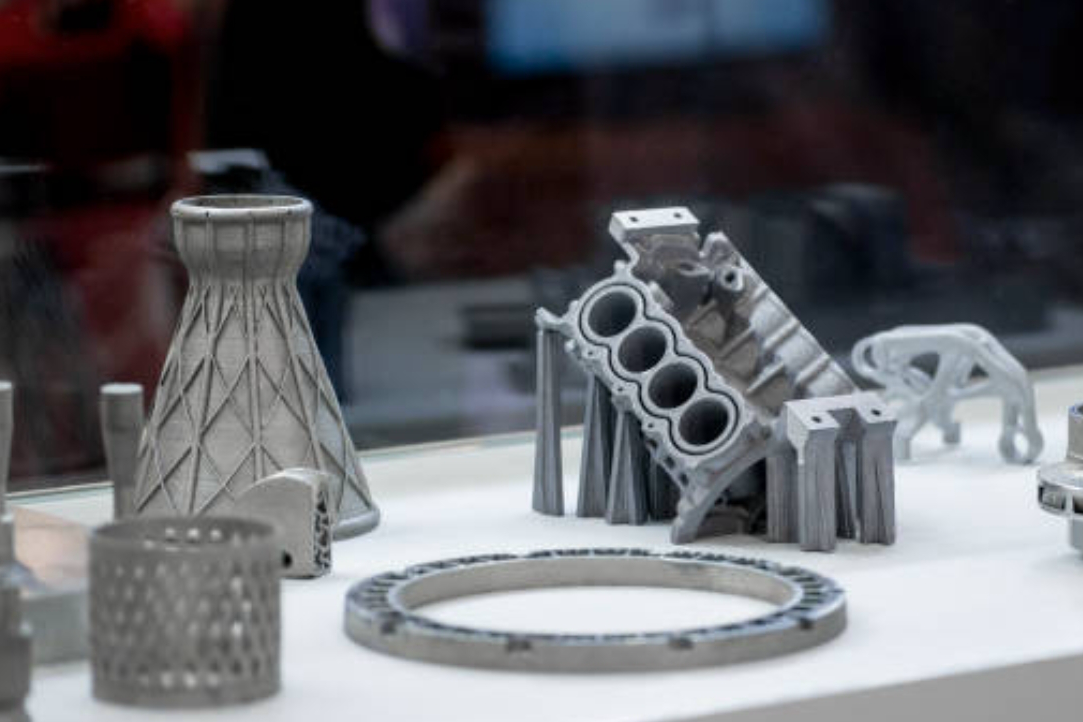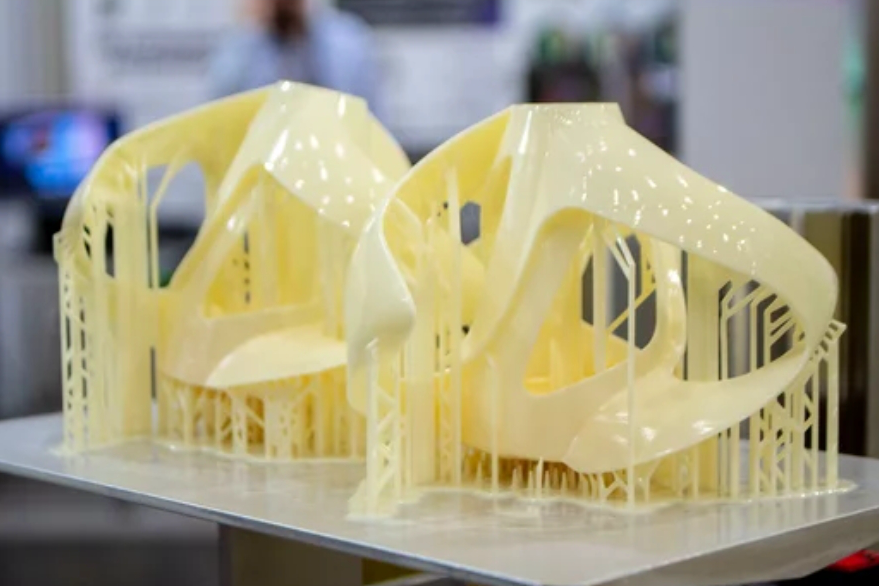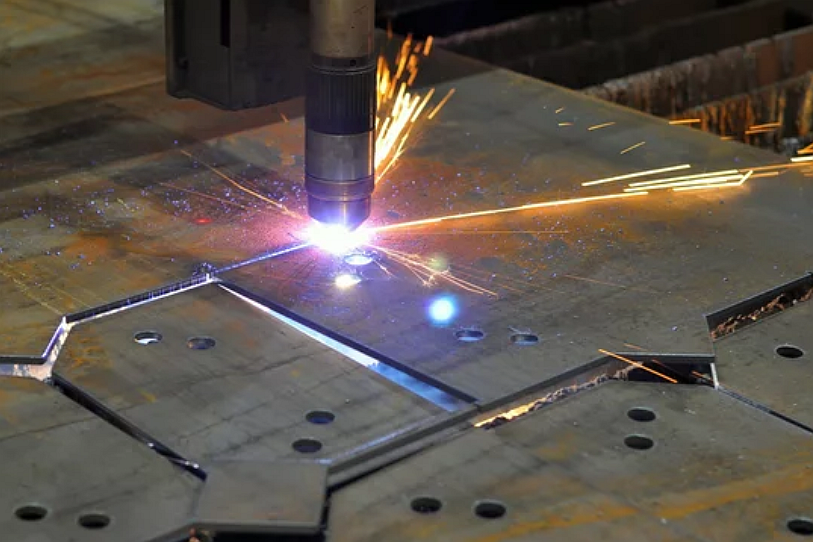What measures can reduce distortion in laser-cutting processes?
What Measures Can Reduce Distortion in Laser-Cutting Processes?
Optimize Cutting Parameters
Distortion in laser cutting is often caused by excessive heat input. To control this:
Use appropriate power settings for material type and thickness (e.g., ≤1.5 kW for 1–2 mm stainless steel).
Adjust cutting speed to balance penetration and heat accumulation—faster speeds minimize heat build-up and warping.
Select the correct assist gas: Nitrogen or air reduces oxidation and heat transfer, ideal for thin metals.
Minimize Heat-Affected Zone (HAZ)
A narrow HAZ reduces thermal expansion and residual stress:
Use pulsed lasers or high-frequency modulation to control energy delivery.
Employ fiber lasers with shorter wavelengths and higher energy density for focused, low-heat impact cuts, especially on thin sheets or precision components.
Strategic Cutting Path Planning
Toolpath design affects heat distribution:
Alternate cut locations across the sheet to prevent local heat accumulation.
Segment long cuts into shorter passes, allowing intermittent cooling.
Avoid small internal features first—cut larger contours first to stabilize the material.
Material Fixturing and Support
Proper fixturing prevents thermal movement during cutting:
Use clamping systems or magnetic tables to hold thin or flexible sheets flat.
Implement slat beds or honeycomb supports that minimize thermal contact and reflection-induced distortion.
Preheat and Stress Relief
For thick or highly stressed materials (e.g., >8 mm mild steel):
Preheat the material to 100–150 °C to reduce thermal gradients and warping.
Apply post-cut stress-relief annealing in critical aerospace or energy system components where dimensional stability is essential.
Simulation and Quality Control
Use laser path simulation software to detect potential stress zones before cutting.
Monitor sheet temperature with infrared sensors and implement cooling pauses if needed for long or intricate jobs.
Manufacturing Services for Precision, Distortion-Free Laser Cutting
Neway delivers laser cutting services with ±0.01 mm accuracy, distortion control strategies, and CNC integration. With 20+ years of experience, we provide global clients in the automotive, medical, and telecommunication sectors with stable, high-quality parts.



